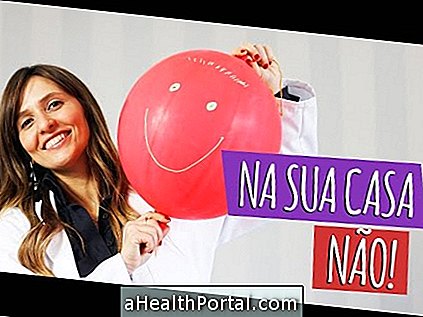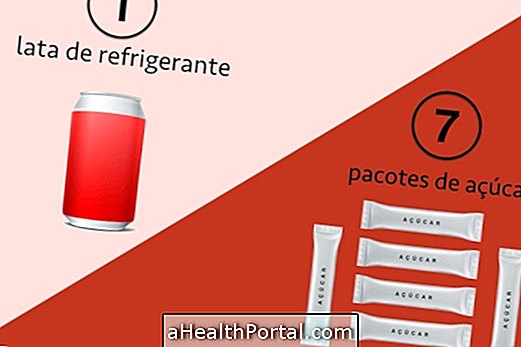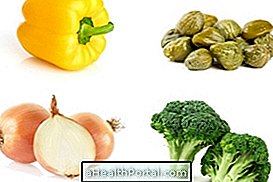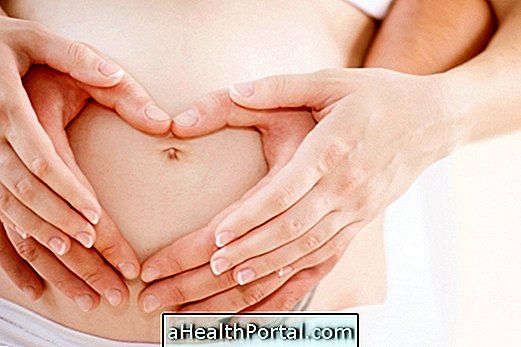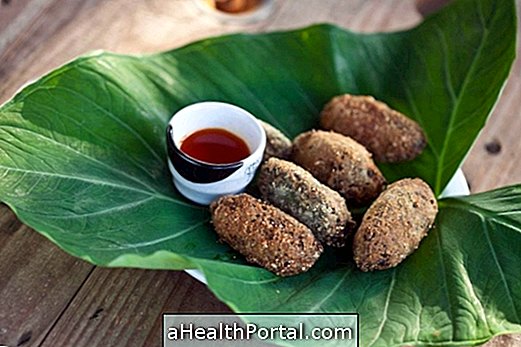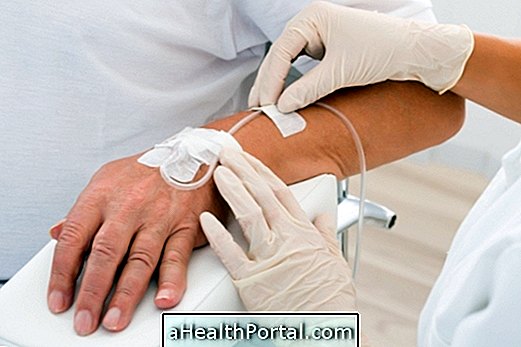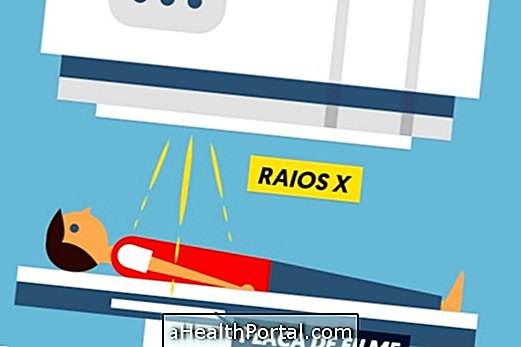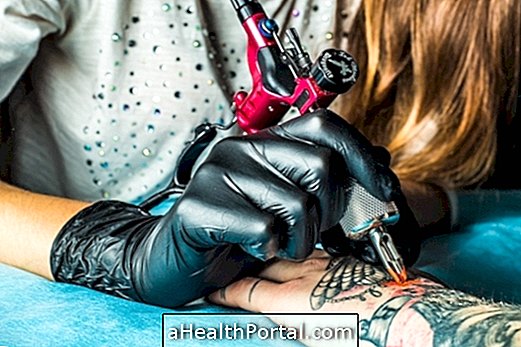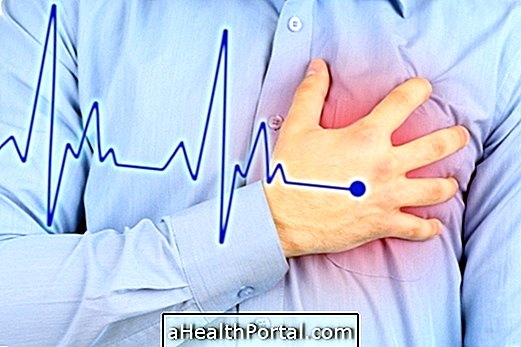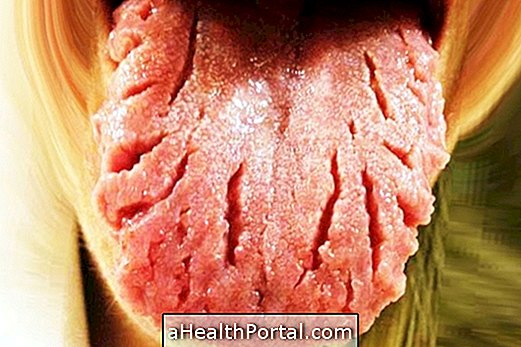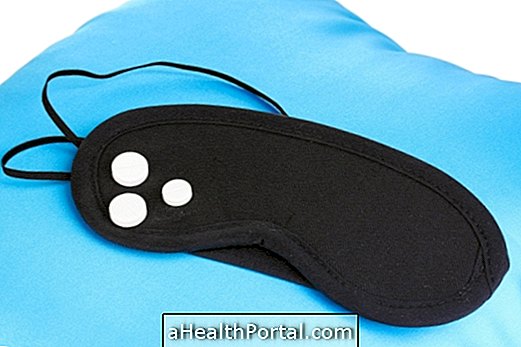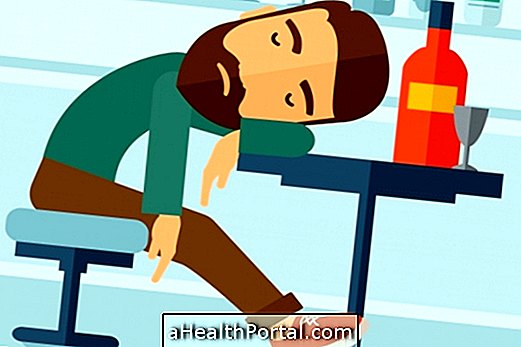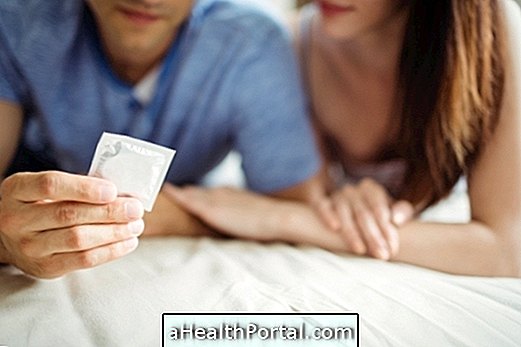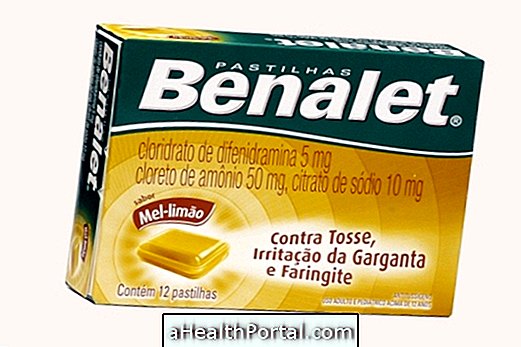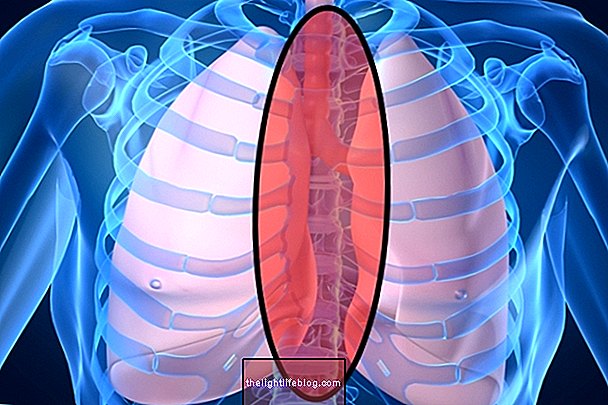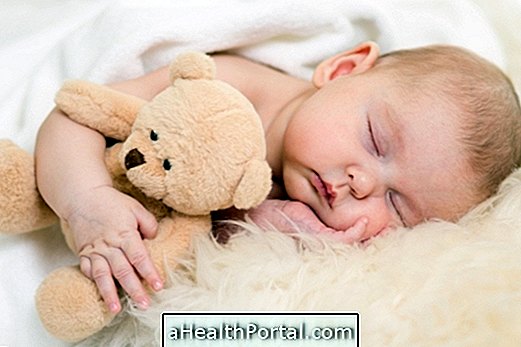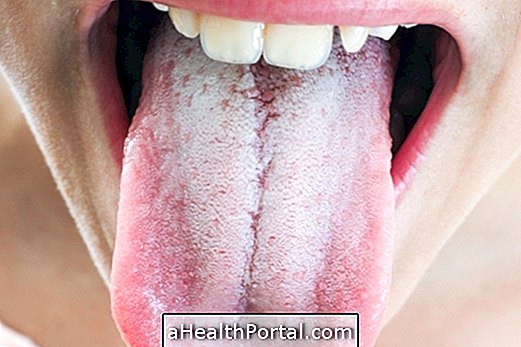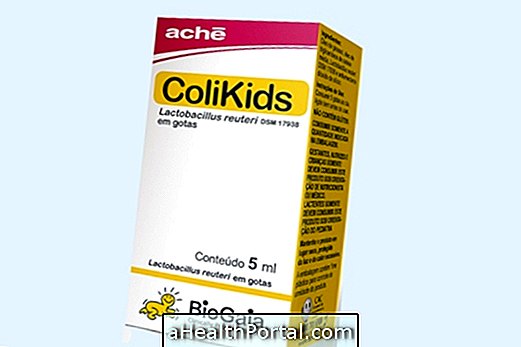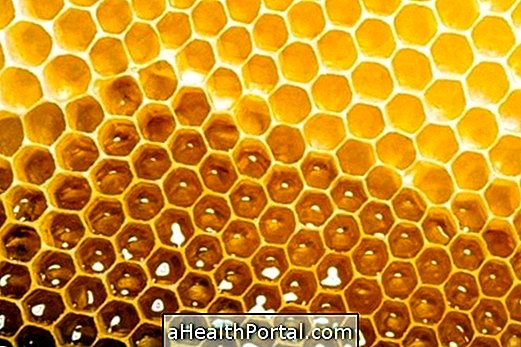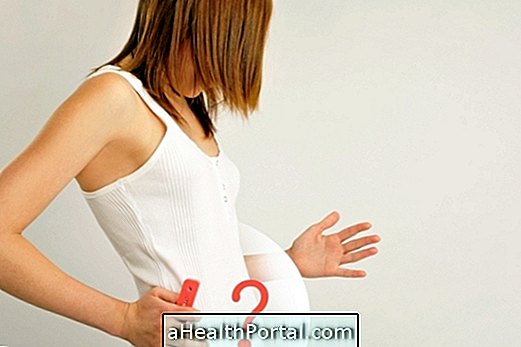The diet for reactive hypoglycemia should ensure that sugar levels remain constant in the blood. Reactive hypoglycemia usually occurs 1 to 3 hours after eating foods high in sugar or carbohydrates. Reactive hypoglycemia can affect diabetics and non-diabetics.
To treat reactive hypoglycemia quickly, it is enough for the individual to eat something like 3 toast or a fruit juice. To prevent reactive hypoglycemia occurring, a balanced diet should be followed and meal times should be monitored.
Diet for reactive hypoglycemia
In the diet for reactive hypoglycemia it is important not to stay too many hours without eating, meals should have intervals of 2 to 3 hours.
Breakfast and snacks - give preference to foods with complex carbohydrates and low glycemic index such as whole grain bread with fresh cheese or toast with yogurt.
Lunch and dinner - always have half the plate with vegetables and the other half rice or pasta or potatoes with meat or fish or egg or beans as follows:
Recommended meal in reactive hypoglycemia
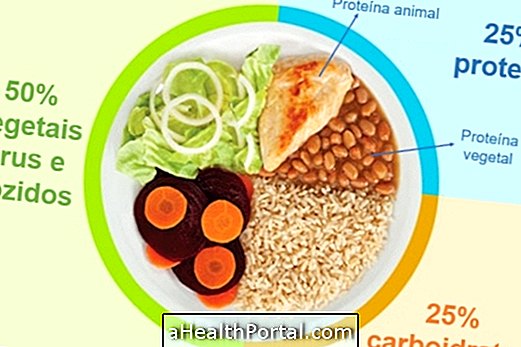
What to eat in case of reactive hypoglycemia
In case of reactive hypoglycemia, that is, when the individual has a tendency to enter into a crisis of reactive hypoglycemia, one should eat fiber-rich foods that delay digestion such as whole grains, vegetables and fruits. It is important to follow a balanced diet and give preference to foods rich in proteins such as lean meat, fish and egg and in complex carbohydrates such as brown bread, rice and pasta, and the full version of these foods also has more fiber.
What not to eat in case of reactive hypoglycemia
To avoid crises of reactive hypoglycemia one should not eat foods rich in sugars and simple carbohydrates like cakes, cookies, chocolates, sweets, soft drinks, refined foods like white bread. It is also important to exclude alcoholic beverages from food.

